Miniature Pinschers are a popular breed of dog known for their small size and energetic personalities. Do Miniature Pinscher Ears Stand Up? One question that many potential owners may have is whether or not their ears stand up. This is a common concern for those considering adding a Miniature Pinscher to their family, and the answer is not always clear.
The answer to whether or not Miniature Pinscher ears stand up is not a simple yes or no. While some Miniature Pinschers do have ears that stand up naturally, others may have floppy ears that never fully stand up on their own. This can be due to genetics or other factors such as ear infections or injuries. It is important to note that whether or not a Miniature Pinscher's ears stand up does not affect their health or behavior in any way.
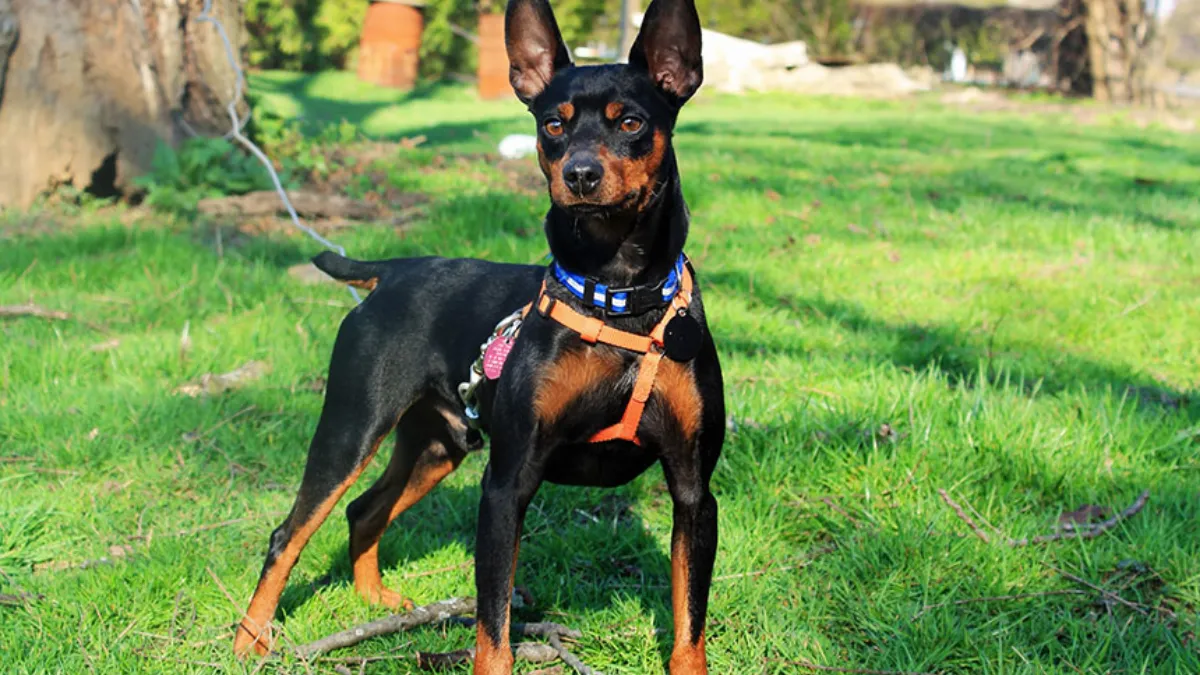
Miniature Pinscher Origins and History
The Miniature Pinscher, also known as the "Min Pin," is a small breed of dog that originated in Germany. The breed was developed by crossing the Doberman Pinscher, the Dachshund, and the German Pinscher. The breed's history can be traced back to the 18th century when they were used as rat hunters in German barnyards.
German Roots and Breed Development
The Miniature Pinscher was developed in Germany, where they were bred to hunt vermin. The breed's small size allowed them to easily maneuver through tight spaces and catch rats and mice. The breed was also used as a watchdog, alerting their owners to any intruders.
The breed's development was influenced by several other breeds, including the Doberman Pinscher, Dachshund, and German Pinscher. The Doberman Pinscher was used to add size and strength to the breed, while the Dachshund was used to give the Miniature Pinscher its unique body shape. The German Pinscher was used to add a more refined appearance to the breed.
Breed Recognition by the American Kennel Club
The Miniature Pinscher was recognized by the American Kennel Club (AKC) in 1929. The breed is now classified as a Toy breed and is recognized by several other kennel clubs around the world.

The Miniature Pinscher Club of America was founded in 1929 and is dedicated to the promotion and preservation of the breed. The club provides information and support to Miniature Pinscher owners and breeders and hosts several events throughout the year, including conformation shows and obedience trials.
Overall, the Miniature Pinscher's history and development have contributed to its unique characteristics and personality. The breed's small size and alert nature make them excellent watchdogs and companions.
Physical Characteristics
The Miniature Pinscher is a small, compact breed with a muscular build. They have a short, smooth coat that comes in a variety of colors, including red, black, and chocolate with rust. They have a distinctive, high-stepping gait and a proud, alert posture.
Size and Weight
Miniature Pinschers typically stand between 10 and 12.5 inches tall at the shoulder and weigh between 8 and 10 pounds. They are a small breed, but they are sturdy and muscular.
Coat and Color Variations
The Miniature Pinscher has a short, smooth coat that requires minimal grooming. They come in a variety of colors, including red, black, and chocolate with rust. Some Miniature Pinschers have a solid red coat, while others have a stag red coat, which has black hairs interspersed throughout.
Distinctive Features
One of the most distinctive features of the Miniature Pinscher is their ears. Their ears are naturally erect, and they stand up straight and tall. Some Miniature Pinschers have their ears cropped, which is a cosmetic procedure that involves surgically removing a portion of the ear to make it stand up straight. However, ear cropping is controversial and is illegal in some countries.

In conclusion, the Miniature Pinscher is a small, muscular breed with a short, smooth coat and distinctive, erect ears. They come in a variety of colors, including red, black, and chocolate with rust, and have a proud, alert posture.
Breed Standards and Appearance
Miniature Pinschers, also known as Min Pins, are a small breed of dog that originated in Germany. They are known for their sleek and elegant appearance, which is characterized by their short, smooth coat and their alert, lively expressions.
AKC Breed Standards
According to the American Kennel Club (AKC) breed standards, Miniature Pinschers should have ears that are "set high on the head, standing erect and slightly pointed at the tips." This means that the ideal Miniature Pinscher should have naturally erect ears, without any need for cropping or other interventions.
The AKC breed standards also specify that the ears should be "thin, and smooth to the touch," and should be "carried erect when alert." This is an important aspect of the breed's appearance, as it helps to convey the Miniature Pinscher's alert and lively personality.
Ear Cropping Controversy
In the past, it was common for Miniature Pinschers (and other breeds) to undergo ear cropping, a surgical procedure that involves removing a portion of the ear to make it stand upright. However, this practice has become increasingly controversial in recent years, with many animal welfare advocates arguing that it is unnecessary and potentially harmful.
One of the main concerns with ear cropping is that it can cause pain and discomfort for the dog, both during and after the procedure. Additionally, there is a risk of infection or other complications, which can further compromise the dog's health and well-being.
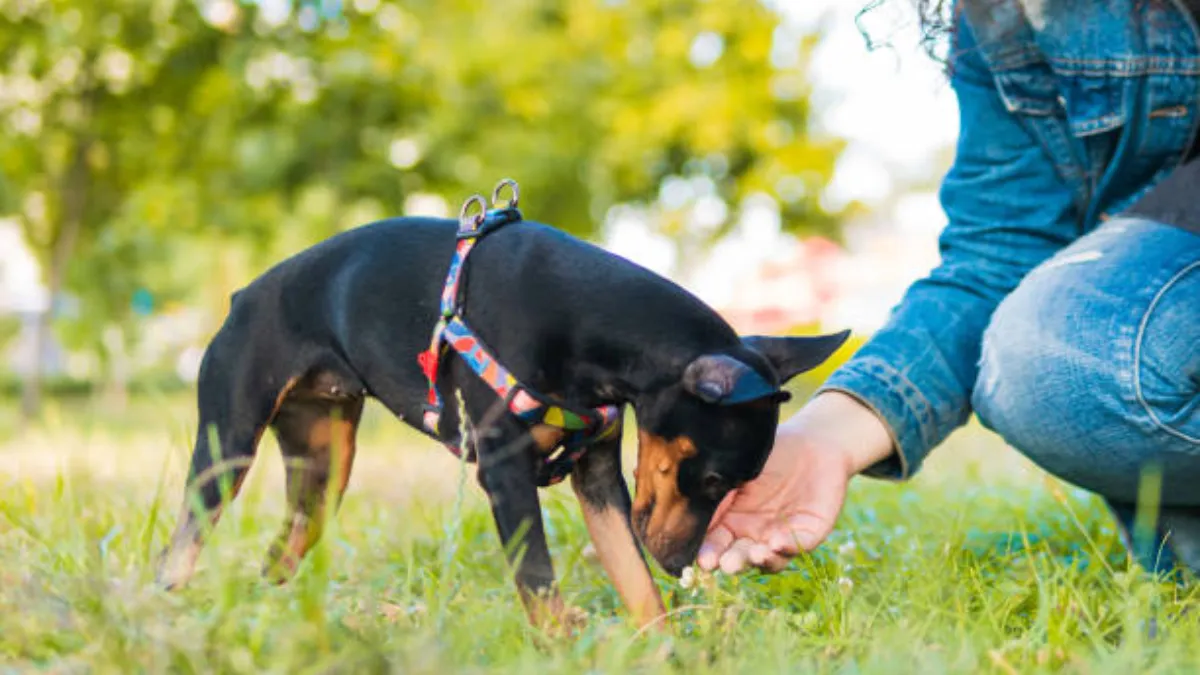
Overall, while Miniature Pinschers with cropped ears may still be seen in some settings, the AKC and other reputable organizations do not endorse or encourage this practice. Instead, breeders and owners are encouraged to focus on maintaining the breed's natural appearance and characteristics, including its naturally erect ears.
Temperament and Behavior
Personality Traits
The Miniature Pinscher, also known as the King of Toys, is a fearless and energetic breed known for its intelligence and playful nature. They are loyal to their owners and make great watchdogs due to their alertness and protective nature. However, they can also be destructive if left alone for too long or not given enough exerctose and mental stimulation.
Behavior with Children and Other Dogs
Miniature Pinschers are generally good with children, but due to their small size, they may not be the best choice for families with very young children who may accidentally injure them. They also have a strong prey drive and may not get along well with other small pets in the household.
When it comes to other dogs, Miniature Pinschers may exhibit some territorial behavior and may not get along with other terriers or dogs of the same sex. Early socialization and training can help to minimize any potential aggression towards other dogs.
Overall, Miniature Pinschers are smart and loyal companions, but they require proper training and socialization to ensure they exhibit good behavior with children and other pets.
Health and Care
Common Health Issues
Miniature Pinschers are generally healthy dogs, but like all breeds, they may be prone to certain health conditions. Some of the common health issues that Miniature Pinschers may face include Legg-Calve-Perthes, Patellar Luxation, Progressive Retinal Atrophy, Epilepsy, Mitral Valve Disease, and Hypothyroidism. It is important to stay up-to-date with regular check-ups with a veterinarian to catch any potential health issues early on.
Exercise and Activity Needs
Miniature Pinschers are energetic dogs that require daily exercise and activity to stay healthy and happy. They enjoy brisk walks, playtime, and interactive games. It is important to provide them with enough exercise to prevent boredom and destructive behavior. However, it is important not to over-exercise them, as they are prone to joint issues.
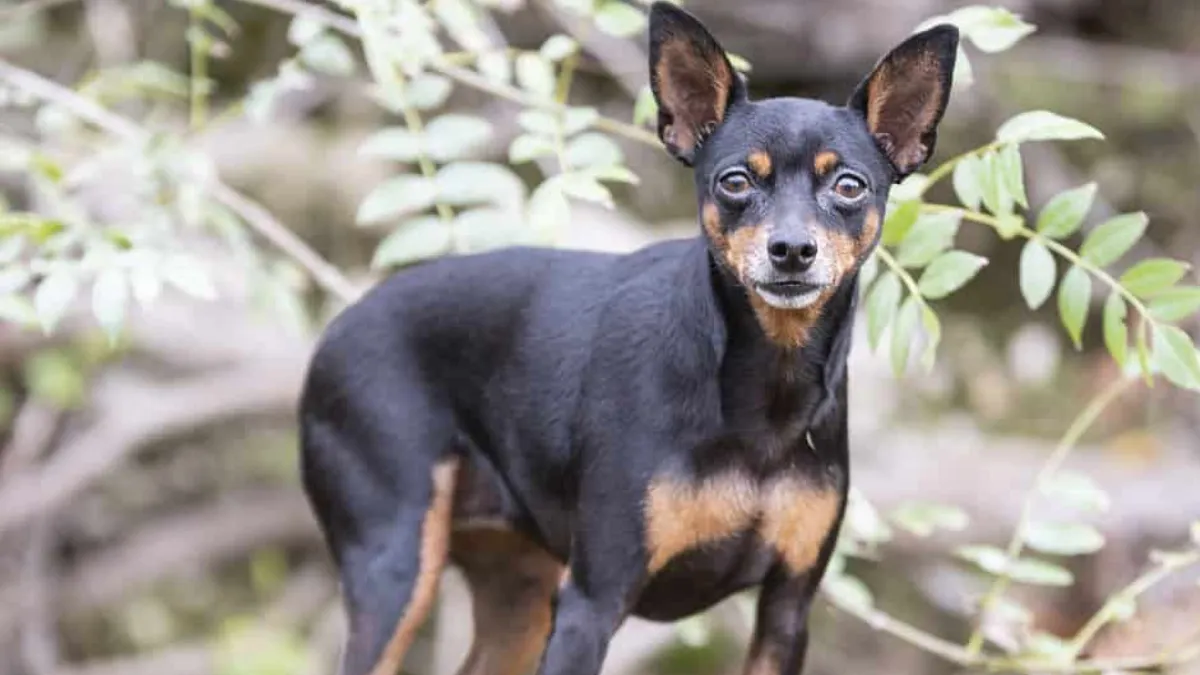
Grooming and Shedding
Miniature Pinschers have a short, smooth coat that requires minimal grooming. They shed moderately throughout the year, but regular brushing can help minimize shedding. It is important to keep their nails trimmed and ears clean to prevent infections.
Dietary Considerations
Miniature Pinschers require a high-quality, balanced diet to maintain their health. It is important to feed them a diet that is appropriate for their age, size, and activity level. They tend to become overweight, so it is important to monitor their food intake and provide them with regular exercise.
Overall, Miniature Pinschers are a low-maintenance breed that requires regular exercise, a balanced diet, and routine veterinary care to maintain their health and happiness. With proper care and attention, they can live long, healthy lives.
Living with a Miniature Pinscher
Miniature Pinschers are small dogs but they are not lap dogs. They are clever, curious, and confident dogs that need plenty of exercise and mental stimulation. They are suitable for apartment living but they still need plenty of space to move around and play.
Suitability for Apartment Living
Miniature Pinschers are small dogs that can adapt to living in small apartments. They are active dogs that need daily exercise and mental stimulation to stay healthy and happy. They are not suitable for living in small apartments if they are not given enough exercise and mental stimulation.
Socialization and Training
Miniature Pinschers are social dogs that need plenty of socialization and training from an early age. They need to be socialized with other dogs, people, and children to prevent them from becoming aggressive or fearful.
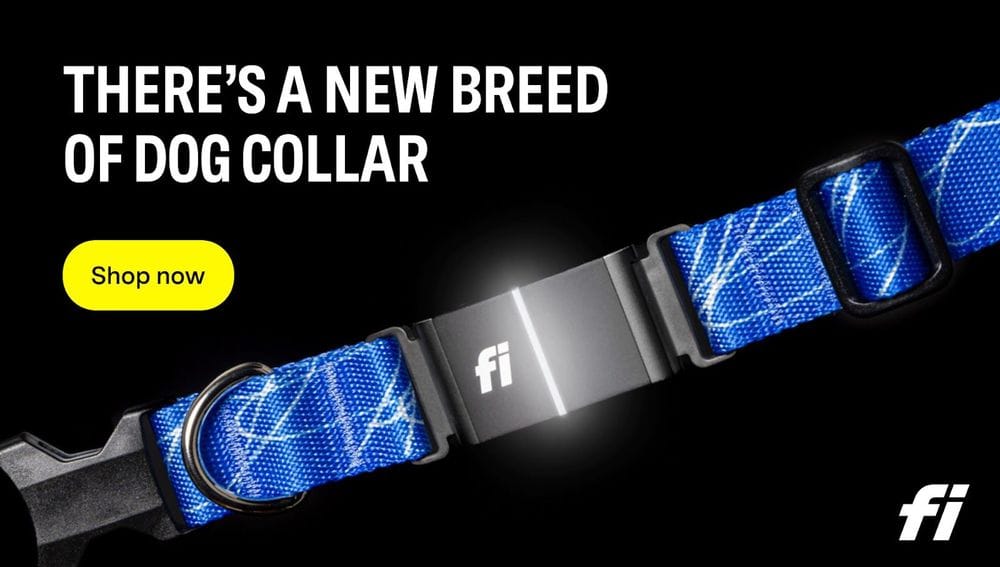
Training is important for Miniature Pinschers because they are intelligent dogs that can be stubborn at times. They need to be trained using positive reinforcement methods to prevent them from becoming aggressive or destructive. Obedience training is important for Miniature Pinschers because they have a hackney gait which can cause them to be difficult to control if they are not trained properly.
Overall, Miniature Pinschers are clever, curious, and confident dogs that can adapt to living in apartments. They need plenty of exercise and mental stimulation to stay healthy and happy. They also need plenty of socialization and training from an early age to prevent them from becoming aggressive or fearful.
Adoption and Breeding
Finding a Responsible Breeder
When looking for a Miniature Pinscher, it is important to find a responsible breeder who prioritizes the health and well-being of their dogs. A reputable breeder will have their dogs tested for any genetic health issues and will be able to provide you with documentation of these tests. They will also be able to give you information about the dog's lineage and any potential health issues to watch out for in the future.
To find a responsible breeder, it is recommended to start by contacting the American Kennel Club (AKC) or the Miniature Pinscher Club of America (MPCA) for a list of breeders in your area. It is also important to visit the breeder's facilities in person to ensure that the dogs are being kept in a clean and healthy environment.
Rescue and Adoption Options
If you are interested in adopting a Miniature Pinscher, there are many rescue and adoption options available. The MPCA has a rescue program that can help you find a Miniature Pinscher in need of a home. Additionally, there are many animal shelters and rescue organizations that may have Miniature Pinschers available for adoption.
When adopting a dog, it is important to ask the shelter or rescue organization about the dog's history and any potential health issues. It is also recommended to have the dog examined by a veterinarian as soon as possible after adoption.
Overall, whether you choose to adopt or purchase a Miniature Pinscher, it is important to do your research and find a reputable breeder or rescue organization. By doing so, you can ensure that your new furry friend is healthy and happy for years to come.
Miniature Pinscher Fun Facts
Nicknames and Cultural Impact
The Miniature Pinscher, also known as the "Min Pin," is a small breed of dog that belongs to the Toy Group. This breed is often referred to as the "King of the Toys" due to its feisty and well-balanced nature. The Min Pin has a sturdy and athletic build, with a muscular and lively appearance.
The Miniature Pinscher has gained quite a bit of cultural significance over the years. It has been featured in various movies and television shows, including "Beverly Hills Chihuahua" and "Marley & Me." In addition, the Min Pin has been used as a mascot for several companies, such as the car manufacturer, Mini.
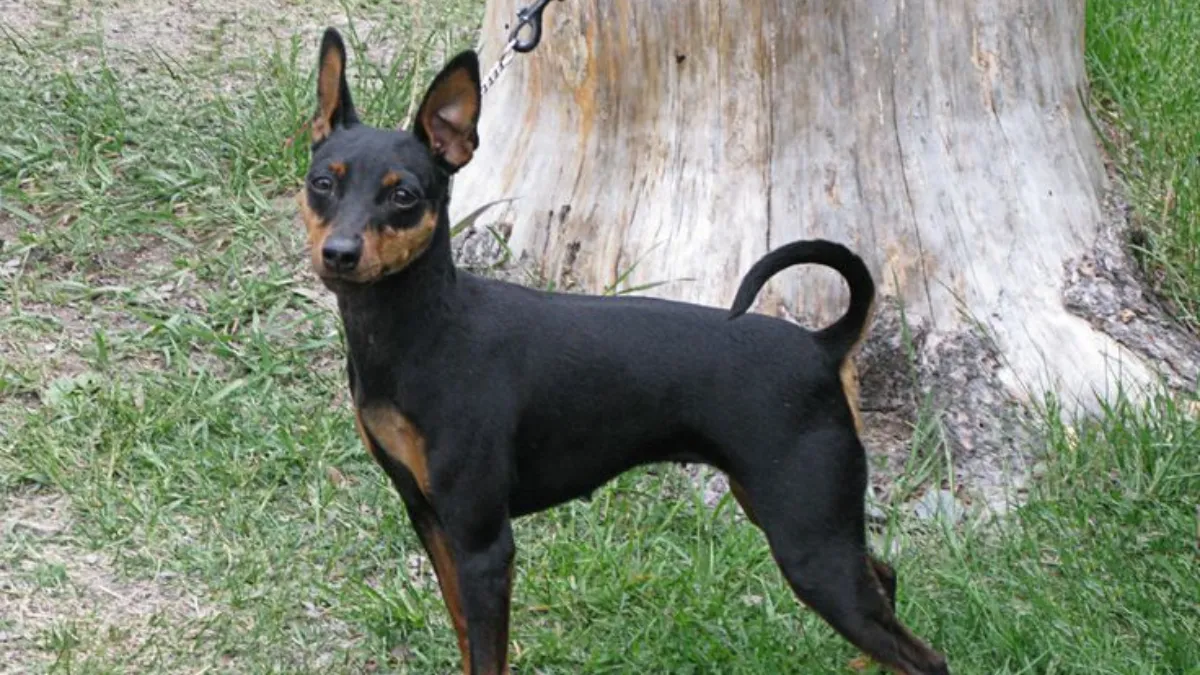
Notable Miniature Pinschers
The Miniature Pinscher has a lifespan of approximately 12-14 years. Despite its small size, it is a highly energetic breed that requires regular exercise. The Min Pin is known for its intelligence and trainability, making it a popular choice for obedience competitions.
There have been several notable Miniature Pinschers throughout history. One such dog is "Rascal," who won Best in Show at the Westminster Kennel Club Dog Show in 1995. Another famous Min Pin is "Doogie," who starred in the television series, "Doogie Howser, M.D."
In conclusion, the Miniature Pinscher is a beloved toy dog breed that has made a significant impact on popular culture. With its feisty and well-balanced personality, it is a great companion for those who lead an active lifestyle.
Conclusion:
In conclusion, the question "Do Miniature Pinscher ears stand up?" is often asked by prospective owners of this beloved breed. While Miniature Pinschers are known for their characteristic erect ears, it's essential to understand that not all Miniature Pinschers' ears stand up naturally. Factors such as genetics, ear structure, and early development play significant roles in determining whether a Miniature Pinscher's ears will stand up. Additionally, proper care and attention during the puppy stage can influence ear development.
For some Miniature Pinschers, their ears may stand up naturally as they grow, while others may require assistance such as taping or training to encourage proper ear carriage. Miniature Pinscher owners must be patient and understanding during this process, as forcing the ears to stand up unnaturally can cause discomfort or injury.
Ultimately, whether a Miniature Pinscher's ears stand up is not a definitive measure of their health or suitability as a companion. What matters most is providing them with love, care, and attention to ensure they lead happy and healthy lives. By understanding the breed's ear characteristics and providing appropriate care, Miniature Pinscher owners can help their pets thrive and enjoy a fulfilling life together.




